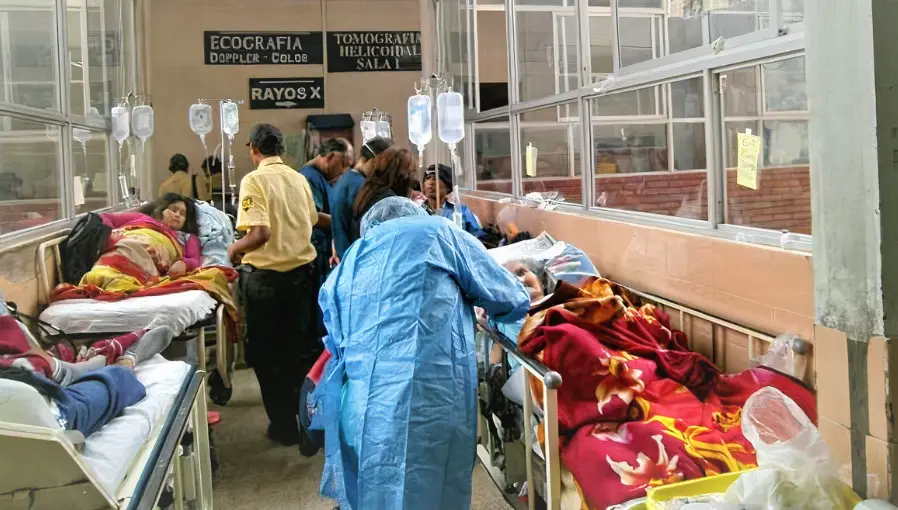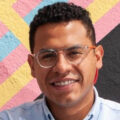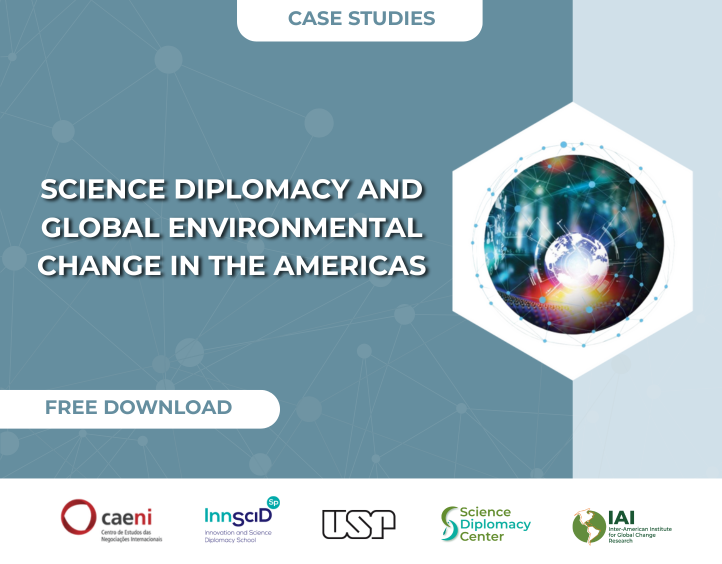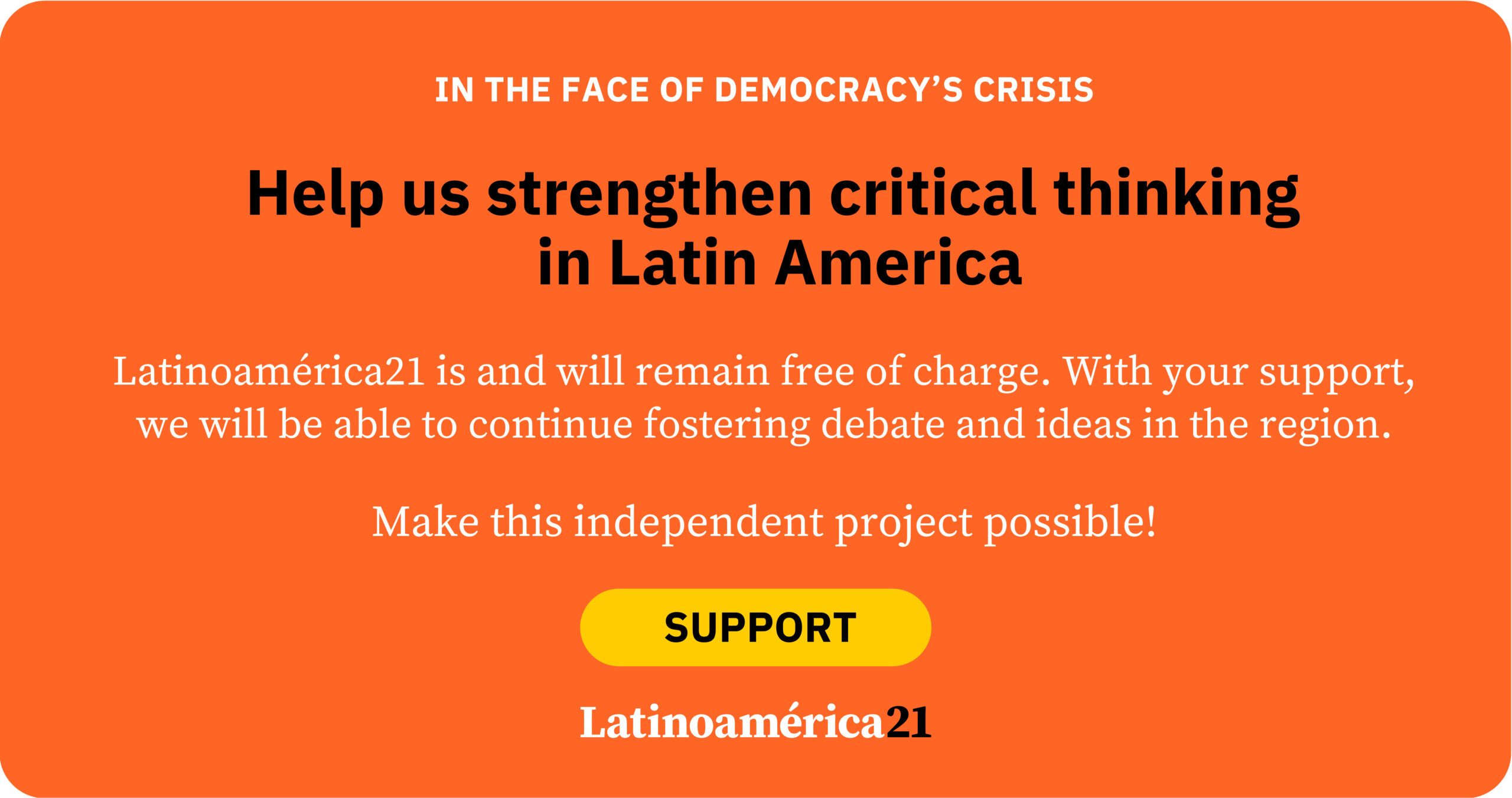Life expectancy no longer depends on genes or luck. It depends on your zip code, your ethnicity, your income, your education, whether you live in peace or in exile. The new World Report on the Social Determinants of Health Equity by the WHO (2025), released on May 6, 2025, is a data-backed verdict that underscores a stark truth: social inequality kills. It kills silently, daily, and at scale.
Classical epidemiology has always sought patterns, causes, and effects. But today, the deadliest outbreaks do not stem from pathogens—they stem from systems. Disease is not randomly distributed. Injustice is.
The gap medicine cannot close
There is a 33-year gap in life expectancy between the longest-living and the most vulnerable countries. It’s not because the former has more modern hospitals, but because it has more just societies. While medicine works downstream, social determinants act at the source: access to clean water, education, and dignified work.
And science is clear. The conditions in which we are born, grow, work, and age explain more than 50% of our health. Health disparities are not accidents or medical mysteries; they are structural inequities—predictable and preventable.
Chronic emergencies: inequality as a permanent pandemic
COVID-19 was the great spotlight that magnified gaps, exposed neglect, and left deep scars. But as the report warns, the pandemic merely revealed what was already rotten: collapsed systems, dependent economies, and public debt that strangles social spending.
In 2024, more than 3.3 billion people live in countries that spend more on debt interest than on health or education. In many of them, the poorest die from preventable causes—not because solutions don’t exist, but because they don’t arrive in time or to the right place.
Social determination: more than context—it’s cause
The epidemiology of social determination does not just ask what disease people have, but which people have the disease—and why. From this perspective, the WHO report lays out a map with four urgent routes:
- Invest in universal public services to reduce economic inequality.
- Dismantle structural discrimination that perpetuates intergenerational inequity.
- Steer climate change and digitalization toward health equity.
- Build new forms of governance with real participation and disaggregated data.
Social inequality isn’t reduced through clinical interventions. It’s tackled through progressive fiscal policies, social protection systems, and legal frameworks that restore rights long denied.
Seeing the invisible: Racism, gender, and migration as determinants
The report goes beyond theory. It focuses where it hurts: structural racism, sexism, ableism, xenophobia, the health of women, Indigenous peoples, migrants, and people with disabilities. It’s not worse because of biology—it’s worse because of exclusion.
For example, women living in poverty are more likely to die from maternal causes. Not because their bodies fail them, but because the system does. Structural discrimination is inherited, normalized, and turned into illness.
In contexts of forced migration and conflict, the denial of the right to health becomes a form of violence. Health cannot depend on a passport.
Climate and technology: forces for progress or new forms of exclusion?
Climate change is no longer a future threat—it is a present one. It affects crops, water, housing. It affects health—and, like everything else in the world, it affects unequally. The report is clear: energy transition and climate adaptation must be fair. We cannot save the planet by excluding those who did the least to harm it.
The same applies to digitalization. The digital divide is not just about connectivity; it is about rights. Digital health must not be a privilege—it must be a common good. Without regulation, it risks increasing inequality, perpetuating algorithmic bias, and leaving millions behind.
Data as power: Without evidence, there is no justice
Governance must be grounded in data that reveal what others wish to hide. This means data disaggregated by age, gender, ethnicity, migration status, and disability. Without it, invisibility persists. With it, policy can become reparative.
The report recommends strengthening statistical systems, intersectoral platforms, and accountability mechanisms. Because what isn’t measured isn’t prioritized.
Health equity is not a dream—it is a political decision
The WHO is unequivocal: equity is a choice, and social epidemiology is the compass to make that choice justly. It’s not enough to want a healthy world—we must build it. And that means redistributing power, money, and resources.
The Latin American region has a history marked by profound inequalities and collective struggles. This report is a tool to turn evidence into action, to turn health from a privilege into a right.
If the pandemic taught us anything, it is that no one is safe until everyone is.
*Machine translation proofread by Janaína da Silva.














